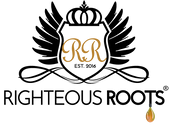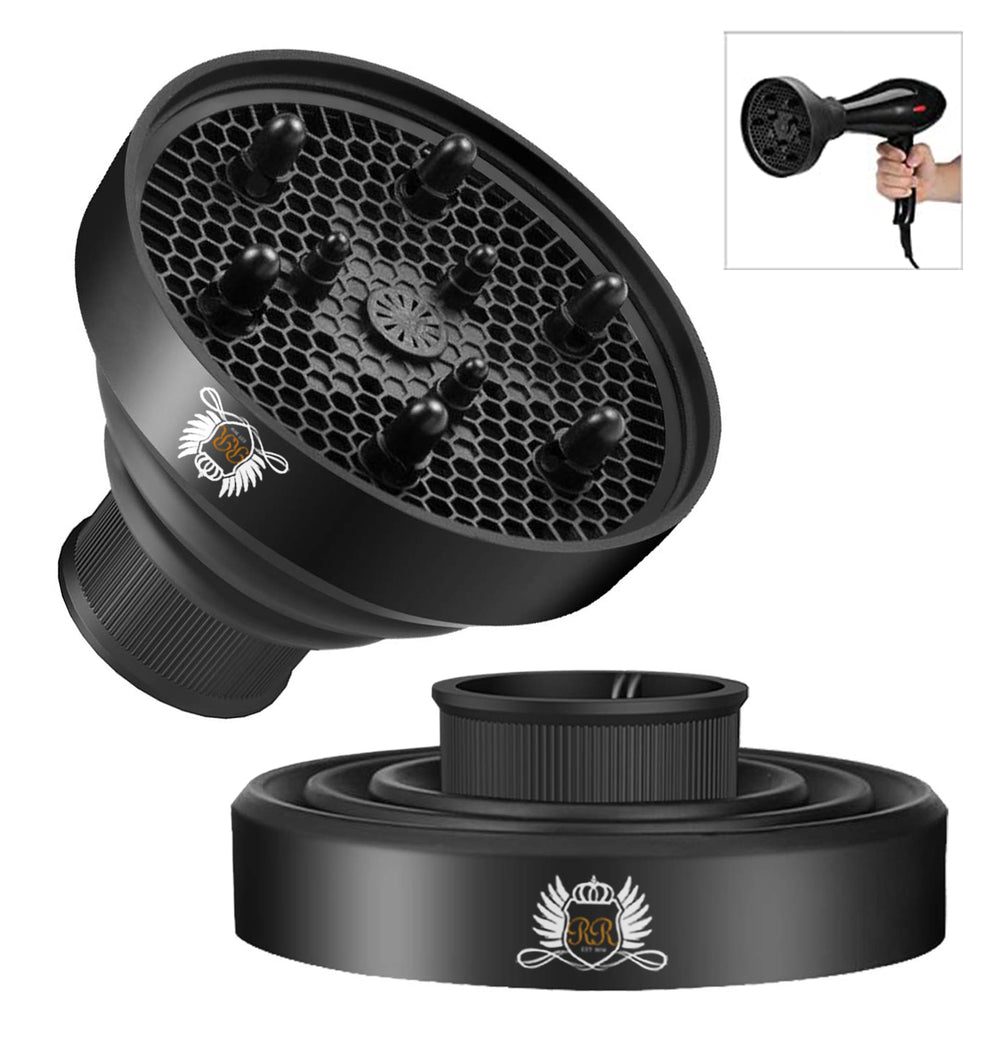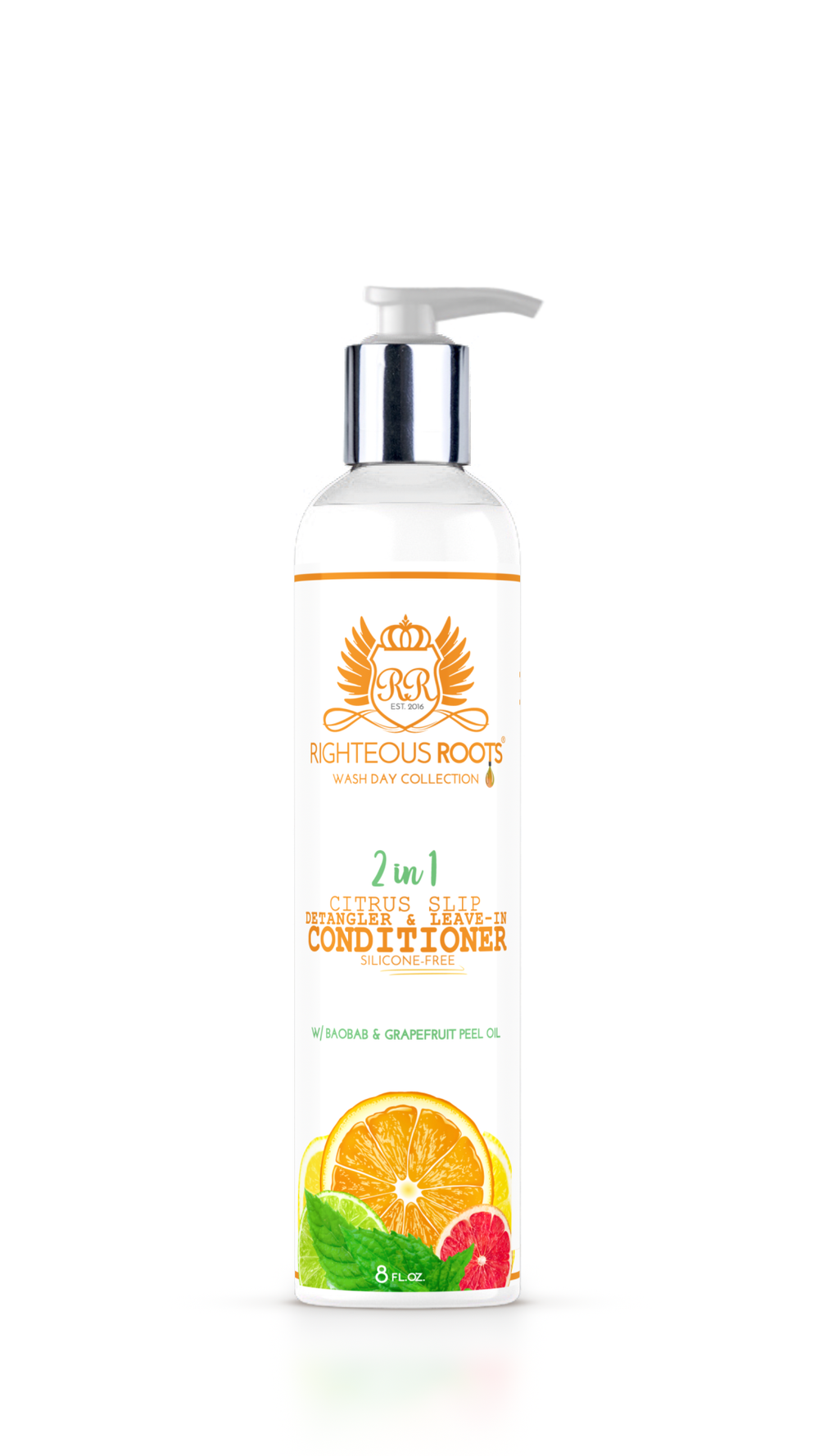

Image: @philipegd
Your hair isn't called your 'Crowning Glory' for nothing. To keep your curls radiating and healthy, a bit of care is needed. While you should take good care of your hair at any given time, come Spring, it becomes more critical.
The best way to prepare your crown for the changes in weather begins with what you eat to the types of products and styles you wear. Need details on how to provide the best care for your hair as the season changes? Keep reading.
Simplicity and ease of hair manageability is the ultimate desire of all us curlies, and this is true for all of us regardless of our hair type and location. However, some uncontrollable factors significantly influence our desired wash day results. The weather, seasonal changes are one of the most critical among them. Temperature and changes in humidity cause significant changes at the surface of the hair, which greatly alter its dynamics. "Frizz" or "Frizzy Hair" is a problem that is common to most of us, but how can we minimize its effect?
What is Frizz & Frizzy Hair?
Frizz is defined as an undesired physical change that makes our hair dull and difficult to style. These changes are quite visible and are easy to see, but what causes our hair to become frizzy in the first place?
Mechanisms of Frizz. Humidity and temperature conditions change during winter and summer. Winter is generally dry with low humidity and low temperature. However, summer has higher temperatures and humidity (obviously depending upon your location). Hair is known to absorb moisture from the surroundings. Under high humidity conditions, hair may gain weight up to 30% of its original dry weight due to absorption and desorption of keratin fibers. Scientific studies have shown that high water uptake under high humidity conditions changes the surface properties of hair. In addition, it also induces structural changes deep inside hair fiber involving chemical bonding. We know, hair is made up of keratin protein and has various chemical bonds in its protein structure that keep its whole morphological and mechanical unit intact. Under normal or moderate humidity conditions, protein bonds (peptide bonds) are more bonded to each other; however, under high humidity and increased water level, proteins form hydrogen bonding with water molecules- this changes the whole chemical structure of hair fiber and thus alters the mechanical and tensile properties of hair. Hair becomes fluffy, fragile, and is vulnerable to breaks/splits. Interestingly, these changes are temporary and reversible as a decrease in humidity restores the peptide bonds.
Well-conditioned. Hair needs a tiny fatty layer at its outer surface. During shampooing, hair loses some of its sebum. A good blend of emollients, natural oils, and long-chain hydrophobic polymers (i.e. polysaccharides, including starch and cellulose derivatives, natural gums, and hydrolyzed proteins) can restore and improve the surface slip and shine. A deep conditioning treatment at least once a week ensures hair is conditioned and well prepared to face adverse changes of weather. Frizzy hair having broken and split ends contribute to a dry feel. Repairing this damage by applying conditioning polymers or oils, is perceived as "moisturization," as they change the surface properties to make hair feel smoother.
Ingredients to Use for Curly Hair:
Natural Oils & Butters. Recent research has focused intensely on how to control frizzy hair. Natural oils and butters are the best remedy to make a perfect water-resistant layer on the hair surface. They are superb sealants that align cuticles to minimize fiber friction. Besides using natural oils, silicones are designed to specifically control and minimize frizz. They are tuned to a desired molecular weight and size to form a thin water repellent layer. There is a new generation of these silicones that are modified, having long carbon chains along with fluoro groups attached. This gives them a unique characteristic to perform even under extreme weather conditions without causing any greasiness or limp down effect.
Proteins. Proteins are known to coat hair fiber and fill the gaps/holes (if any) inside the hair's surface to restore its mechanical strength. Their coating, though hydrophilic, controls the passage of water molecules in a "Need & Demand system," meaning providing the hair with a sufficient quantity of water that it needs under the external weather and internal water levels. It can be called a "smart system," ensuring healthy hair. It is highly recommended to have protein treatment once in a while to maintain healthy hair.
Ingredients to avoid:
Sulfates. Sulfates are potential irritants to the scalp and also responsible for eroding proteins from the hair's surface. They make hair dull by removing natural hair sheen. As explained earlier, we need to avoid "over cleaning." Avoid harsh chemicals or at least decrease their application frequency to help control the frizz problem.
Humectants. Humectants (glycerin & propylene glycol) are known for their moisturizing properties. They act as a two-way direction mechanism. Under high humidity conditions when there is plenty of moisture in the air, humectants attract water molecules from the surroundings and impart it to the hair, however, under low humidity conditions, when the air is drier, and there is low moisture content in the air, humectants work opposite by extracting water molecules from hair (or scalp surface) and releasing into the surrounding. It is best to avoid excessive use of glycerin and propylene glycol, especially under humid and wet weather conditions, as they would continue to add more and more water into the hair when it no longer needs it.
Here are some products that will provide hold while keeping curls defined:
Ouidad has the Advanced Climate Control Heat and Humidity Gel blended with natural extracts, proteins and styling polymers to resist humidity and heat damage along with holding style for a desired period of time. Oribe offers an “Anti-Humidity Spray” to preserve hair physiology against extreme weather changes. It’s a combination of styling cross-polymer and vitamin E to fight against free radical damage. “EASY RIDER” crème by Kevin Murphy is another option for the spring season to combat frizz. It activates curls, provides flexible hold with nourishment to hair & scalp. Bounce Curl has an alcohol-free hairsprayfor frizz-prone hair for a high humidity season.
Bouncecurl also has a leave in conditioner and curl cream that is perfect for protecting hair during the spring season.
If you need anti humectant products, try Oribe Curl Gelee, which has a chock-full of nourishing oils, that will shape and tame curls without weighing your hair down.As I Am Curling Jelly, is a great curl enhancer for natural hair. This holding jelly defines your hair while offering moisture boosters that keep frizz from plaguing your curls. Curl Keeper Original, is a no brainer. It's a curly girl favorite for adding definition and made to withstand the humidity. It reactivates with water, so spritzing frizzy areas each morning will extend the life of your styles in between wash days. There are so many great products on the market that you can add to this list, but I wanted to provide a starting point.
When it comes to using oils, my advice is to look for a combination of natural oils and styling polymers to hold your style in spring. For example, Argan Oil, African Baobab seed oil and Meadowfoam seed oil, and Righteous Roots Oils.





